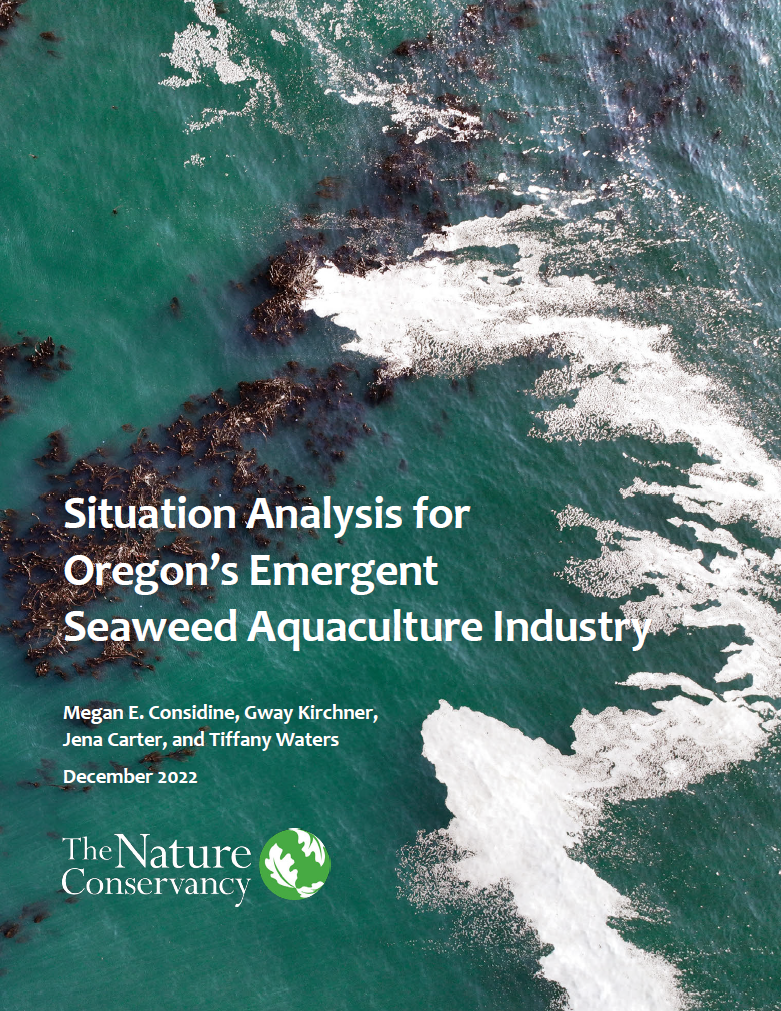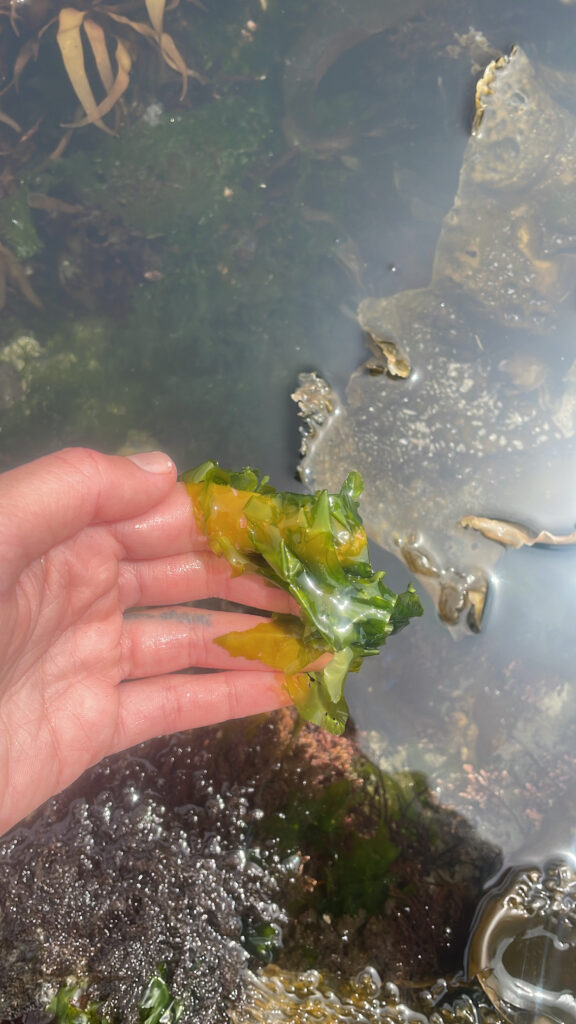It’s hard to believe that I have less than two weeks left for my fellowship! I am currently wrapping up all final reports and there’s one in particular I am most excited to see finalized: A Situation Analysis for Oregon’s Emergent Seaweed Aquaculture Industry.
The report explores the restorative benefits seaweed aquaculture can provide, species options, production methods, high potential locations and co-location opportunities, market opportunities, and policy and regulatory considerations. The final stages of edits have involved working with a graphic designer to incorporate some images and a professional layout.

I have also been working with our graphic designer and OSG’s communications specialists to ensure that the public report meets federal accessibility requirements so that we may post it to the NOAA Central Library. This has largely involved making sure that the final PDF will be machine readable, which includes alt text for images that can be read aloud to users by screen reader software.
Overall I want to give a BIG thanks to all co-authors, reviewers, contributors, and our graphic designer for all the help and amazing work they’ve put towards the situation analysis. The report will be public on Oregon Sea Grant’s website in the coming weeks (I’ll follow up in the comments with a link)!






